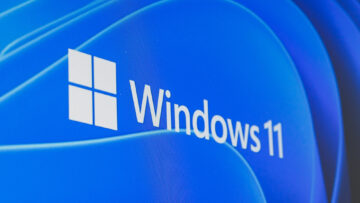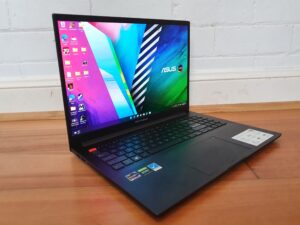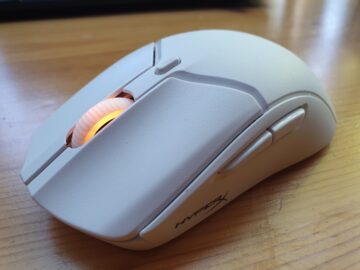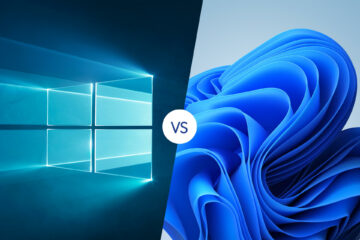Update: On March 6th, a week after this story initially ran, Jon Peddie Research issued an update to its initial analysis report that lessens the impact of its figures. The dedicated GPU and industrial supercomputer GPU data was combined for Intel, giving the company an inflated 9 percent market share instead of a more accurate 6 percent market share. According to the updated report, Intel is in third place, behind AMD with its unchanged 9 percent dedicated GPU market share. Our original story follows.
For decades, the market for desktop graphics cards has had two players: AMD (formerly ATI) and Nvidia. Intel decided to enter those hotly-contested waters in 2022 with its Arc series of GPUs along with similar dedicated offerings for laptops. According to a report on graphics card market share, Intel managed to grab 9 percent of dedicated desktop GPU sales by the end of the 2022 calendar year—the same amount of the market that AMD had for the same timeframe.
The figures come from Jon Peddie Research, which paints an otherwise dismal picture for the current GPU market, following trends for PC sales in general. The same report says that desktop graphics card sales in total dropped by 24 percent, the largest drop in over a decade. And 9 percent market share isn’t exactly something you parade in front of the shareholders, especially when Nvidia continues to dominate with a near-monopoly at 82 percent.
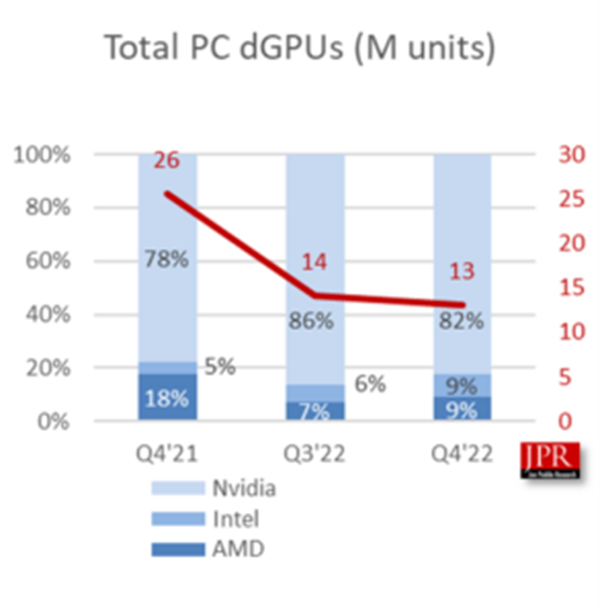
Jon Peddie Research
But taken in the context of a new competitor in an entrenched market segment, even one with the vast resources of a company like Intel, it’s a stunning accomplishment. Arc desktop chips were maligned and delayed to the point where some industry analysts wondered if Intel was considering scrapping the entire multi-billion-dollar project. And the company still isn’t ready to compete at the GPU high end, where the biggest slice of profit is made. But entering the space and grabbing a tie for the number two spot in less than a calendar year, by focusing on budget cards and specific performance targets, can only be counted as a win.
For example, the Arc A750—which just recently got an official price cut from $290 to $250—is our pick for the best 1080p GPU for ray tracing. It’s not the kind of blistering, benchmark-busting performance that gets you into a YouTuber’s $10,000 fantasy PC build, but it is the kind of value that sells a hell of a lot of cards to people who want to play PC games on a budget.
On PCWorld’s The Full Nerd podcast, Intel’s Arc spokesman Tom Petersen told us, “If you think about it, we’re one of the few companies in the world that can enter a large market like discrete graphics…Nvidia will probably continue to ignore us, but AMD cannot ignore us. And it’s going to become much more competitive over the years as we become more established.” (25:20 in the video below.) It’s worth noting that Petersen’s last job was as Nividia’s Director of Technical Marketing.
[embedded content]
Arc’s rise in the budget space is, indeed, impossible to ignore. It remains to be seen if Intel can leverage that momentum into a more dominant space on the high-end side of the GPU market and whether it has the will to enter that fight.
- SEO Powered Content & PR Distribution. Get Amplified Today.
- Platoblockchain. Web3 Metaverse Intelligence. Knowledge Amplified. Access Here.
- Source: https://www.pcworld.com/article/1526632/intel-is-already-tied-with-amd-for-desktop-gpu-sales.html
- 000
- 2022
- 9
- a
- About
- according
- accurate
- AMD
- amount
- analysis
- as
- At
- BE
- become
- behind
- BEST
- Biggest
- budget
- build
- by
- Calendar
- CAN
- card
- Cards
- Chips
- combined
- Companies
- company
- compete
- Competitive
- Competitor
- considering
- content
- context
- continue
- continues
- Current
- data
- decade
- decades
- decided
- dedicated
- delayed
- Director
- dominant
- dominate
- Drop
- dropped
- edition
- embedded
- Enter
- especially
- established
- exactly
- Example
- FANTASY
- fight
- figures
- Following
- follows
- For
- Formerly
- from
- front
- full
- Games
- Gaming
- Giving
- going
- GPU
- grab
- graph
- graphics
- High
- HTML
- HTTPS
- Impact
- impossible
- in
- industrial
- industry
- initial
- instead
- Intel
- Is
- IT
- ITS
- Job
- kind
- laptops
- large
- largest
- last
- Leverage
- like
- managed
- March
- Market
- Marketing
- Momentum
- more
- New
- number
- nvidia
- of
- Offerings
- official
- on
- One
- original
- PC
- pc games
- People
- percent
- performance
- picture
- place
- plato
- plato data intelligence
- platodata
- platogaming
- play
- players
- podcast
- Point
- price
- probably
- Profit
- project
- Ready
- remains
- report
- research
- Resources
- rise
- s
- sales
- sells
- Series
- Share
- shareholders
- similar
- some
- something
- Space
- special
- specific
- Spot
- still
- Story
- supercomputer
- Talks
- Technical
- that
- The
- the world
- third
- TIE
- timeframe
- to
- total
- updated
- Updates
- us
- value
- Video
- week
- WHO
- will
- win
- with
- world
- worth
- year
- years
- youtube
- zephyrnet

